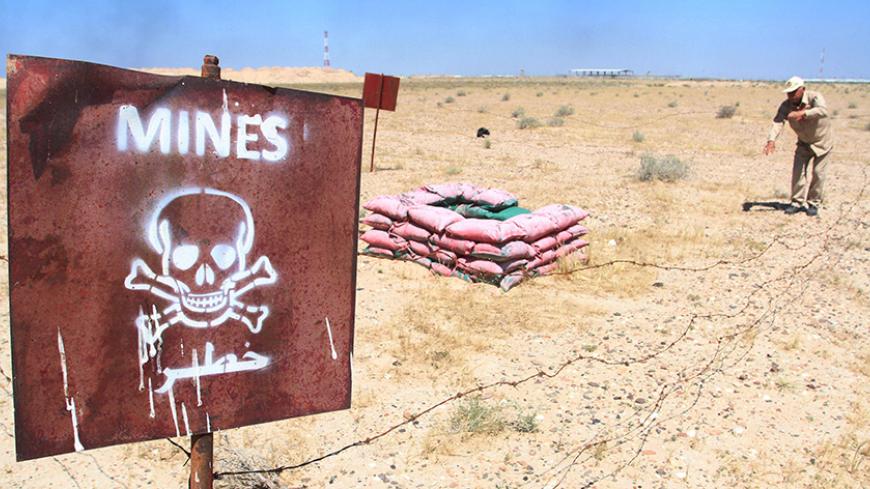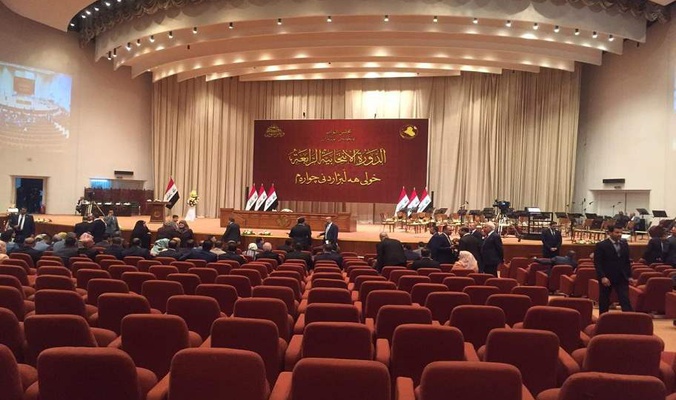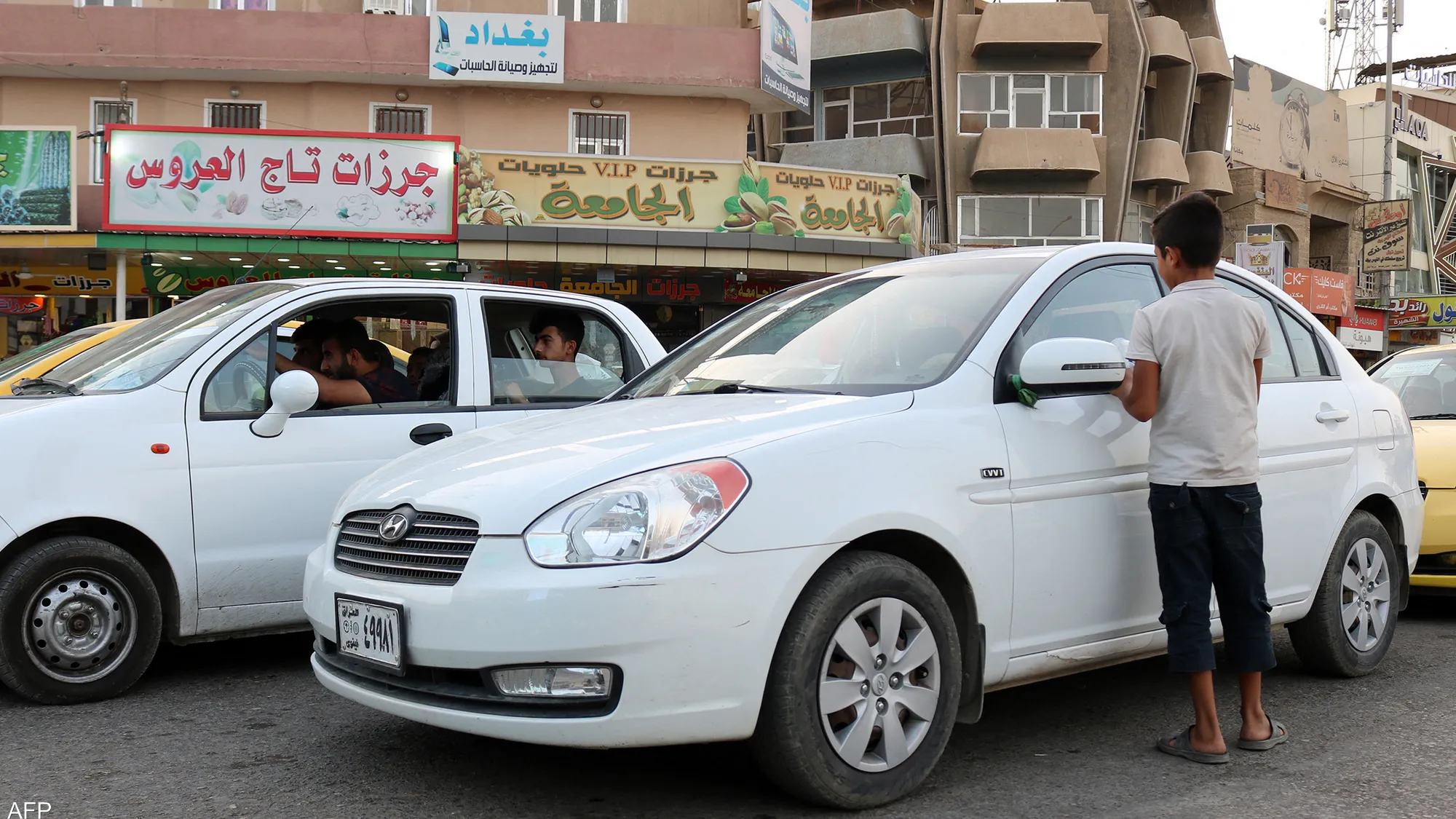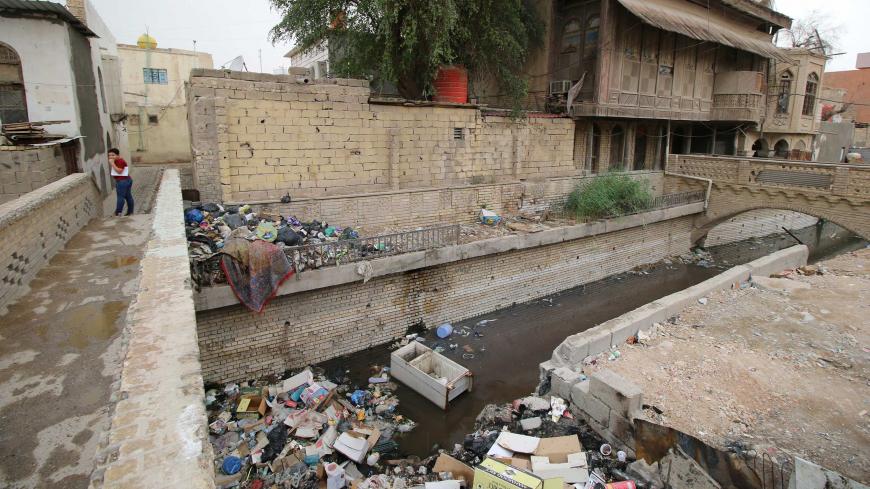The Iraqi Observatory for Human Rights said that Iraq continues to suffer the existence of millions of mines and unexploded bombs on its southern, central and northern borders, since the eighties of the last century to date, increasing the number of mine victims.
The Observatory also said that "the official statistics indicate that the proportion of dead and injured by unexploded mines in the province of Basra, measured 13 individuals, through three months, mostly young people and children".
The Iraqi Observatory for Human Rights said that "a village called Jarf al-Melh in the province of Basra, which is adjacent to the Iranian border, has become called (village of amputees) because a large number of its inhabitants are with amputated limbs as a result of mines that are still planted in the areas where they work and live.
"Our sons go out to work to look for metal materials such as aluminum, copper in order to provide food for their children, but they are always exposed to the explosion of those mines, killing them or cutting their limbs," said Haj Ali al-Waeli, a resident of the village.
"We are looking for our livelihood amidst death, and we are trying to continue this life at the same time, because frankly we have not found safe jobs or government interest that helps our sons to live in dignity, so we expect our sons to die at any time looking for a living".
"The Iraqi state needs more than 50 years to raise the remaining mines of war and its munitions deployed in the southern and eastern parts of Basra," said director of the Regional Center for Mine Action in the southern region, Nebras Fakhir al-Tamimi.
he Iraqi Observatory for Human Rights said that "the central and local authorities have to take rapid action to remove the remnants of war in Basra especially and in Iraq in general, where several areas in Iraq witness , from time to time, an explosive remnants of war cause the death and injury of a number of citizens and members of the security forces".
Reports of the Office of the Higher Commission for Human Rights indicate showed that "the number of dead and wounded with mines and ballistic missiles, especially in the districts of Zubayr and Shatt al-Arab, measures 13 dead and wounded".
The reports also showed that "the victims are young people under the age of 30 and children. This statistic was collected in less than 3 months from December 2018 to February 10th, 2019".
Basra provincial council member Murtada al-Shahmani said that "the local government in Basra intends to distribute residential land plots in some districts to some employees at the institutions of the Iraqi state".
"Some areas, especially the Shalamjah area, which were the battlefield of the Iraq-Iran war, contain many mines, which pose a danger and a major threat to the lives of the population," he said.
A woman in her seventh decade, a mother of a mine explosion victim in Basra, said in an interview with the Iraqi Observatory for Human Rights that "her son was shepherding the sheep at the beginning of 2018, but returned to her dead and legless".
“A mine exploded on him, leaving four children and a wife without a breadwinner. My nephew was also killed years ago in the same area when he was also shepherding the sheep, this is the area of death, killed our young people, and perhaps will kill more, "she said.
"As a result of the wars in the past, Basra has become the scene of these wars, and its aftermath is the minefields, which amount to more than 60,000 mines that occupy Shatt al-Arab region," said Haider al-Saadi, head of the health and environment committee in Basra provincial council.
He added that "Most injuries occur in the winter targeting the shepherds and seekers of a living that are looking for their daily living".
According to the United Nations, it is estimated that more than 1,730 square kilometers of Iraqi territory are contaminated with landmines and unexploded ordnance, affecting 1.6 million Iraqis in about 4,000 communities throughout Iraq.
Also noted that "the presence of landmines affects more than a million children, including hundreds of people who have been maimed or killed by the explosion of part of a cluster bomb since 1991".
According to the Regional Center for Mine Action in southern Iraq, the number of victims of mines and remnants of war in the province of Basra, according to statistics conducted by the Center as a first stage, measured more than 5 thousand people, and that Basra is one of the most polluted provinces in Iraq and more than 1300 square kilometers contaminated with fields of mines and remnants of war and bombs and the number of victims is expected to be increased by the completion of the field census of mine victims".
The Iraqi Observatory for Human Rights said that "the danger of mines threatens civilians in the province of Basra, they no longer exist in areas far from the population, but became part of residential areas that expanded lately, and also become areas where people look for their livelihood".
"The government of Mr. Adel Abdel Mahdi has to work intensively to remove landmines that threaten people's lives and threaten the environment in Iraq," the observatory said, adding that Abdel Mahdi has to intensify the efforts with donor countries and relevant international organizations to address the issue as life of people in danger since 31 years.




